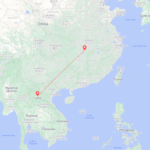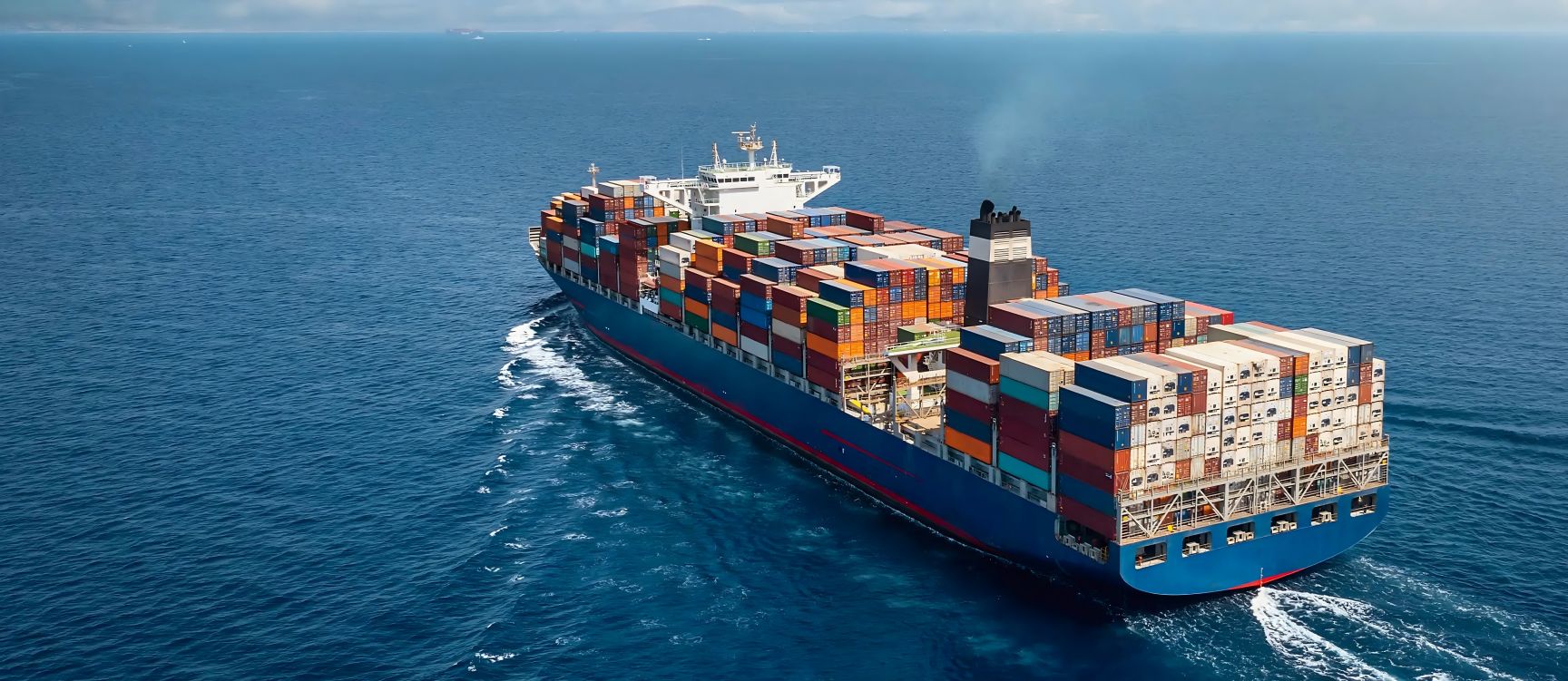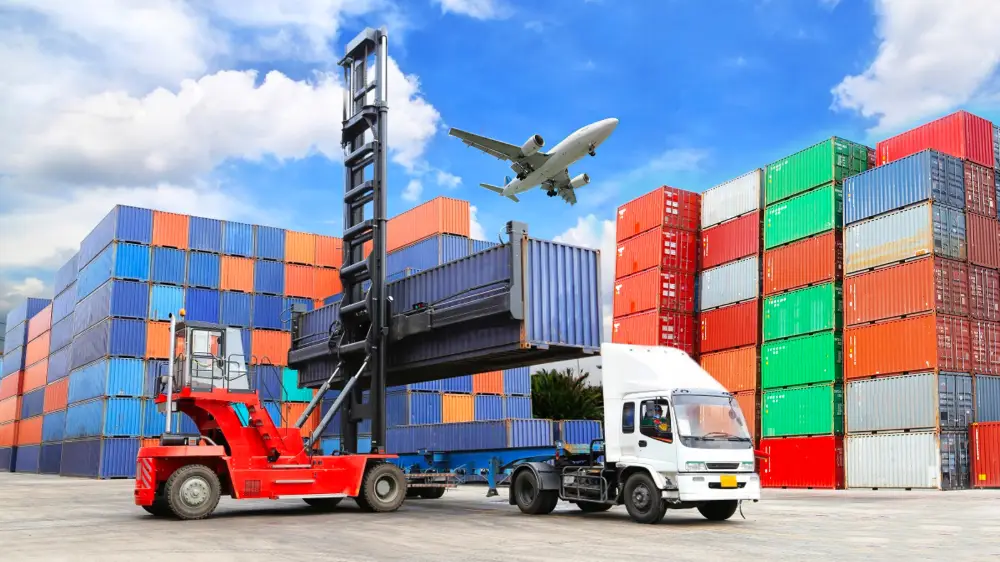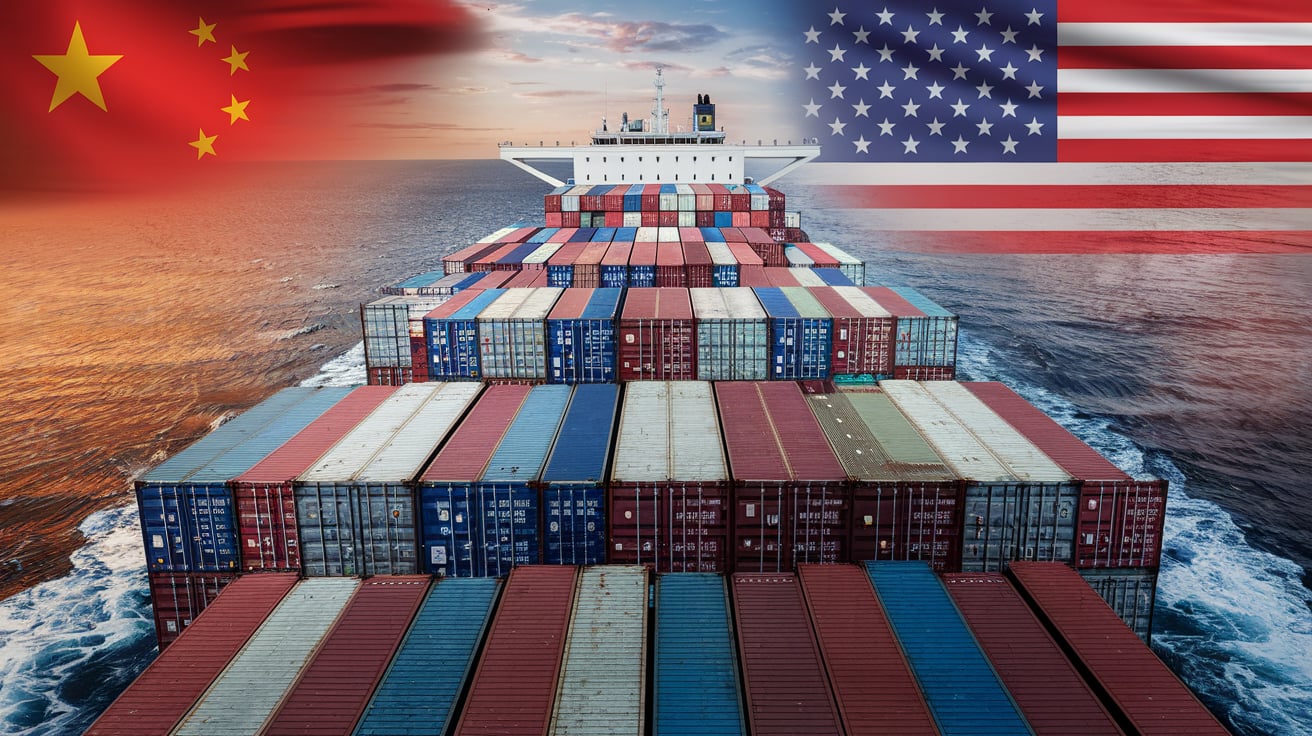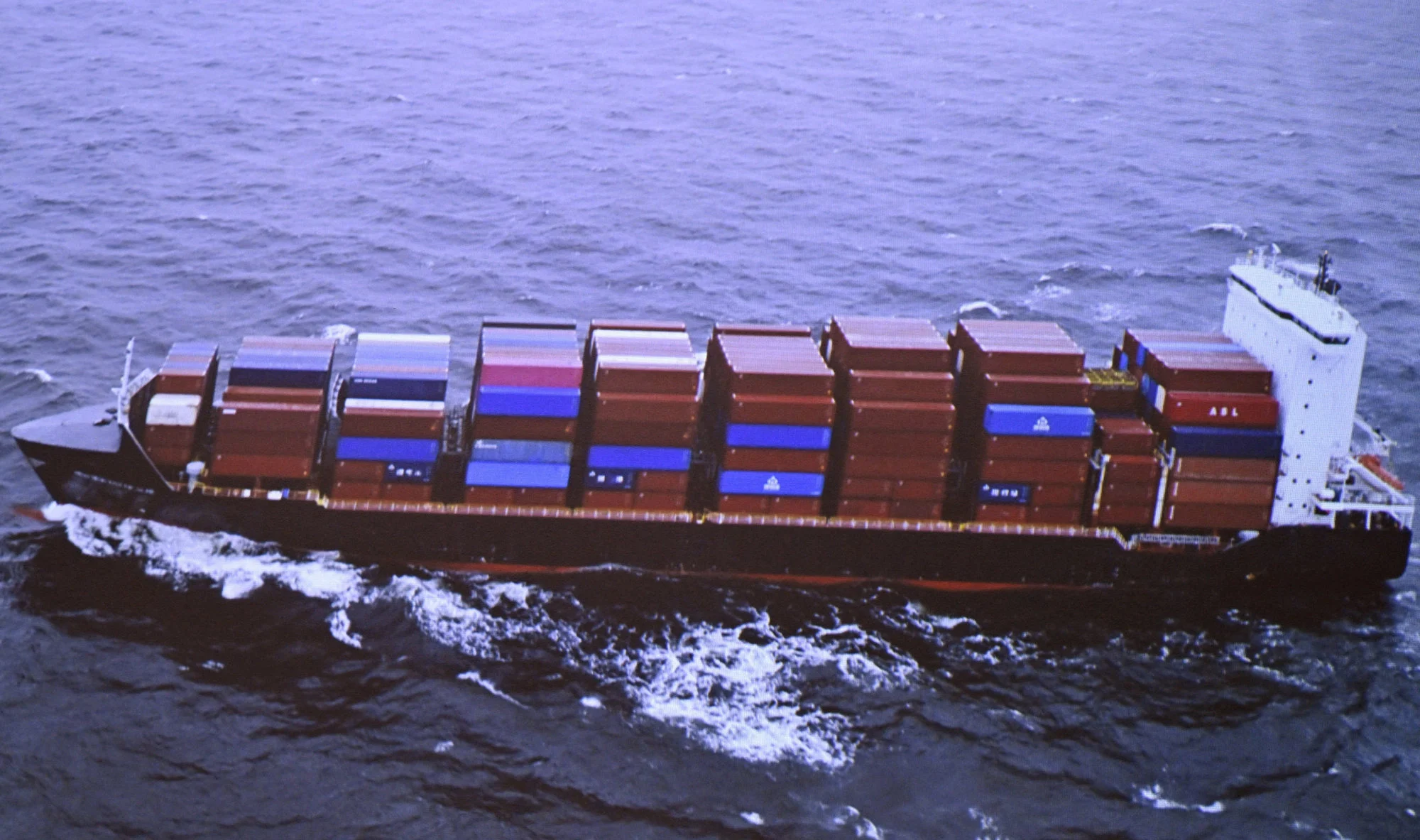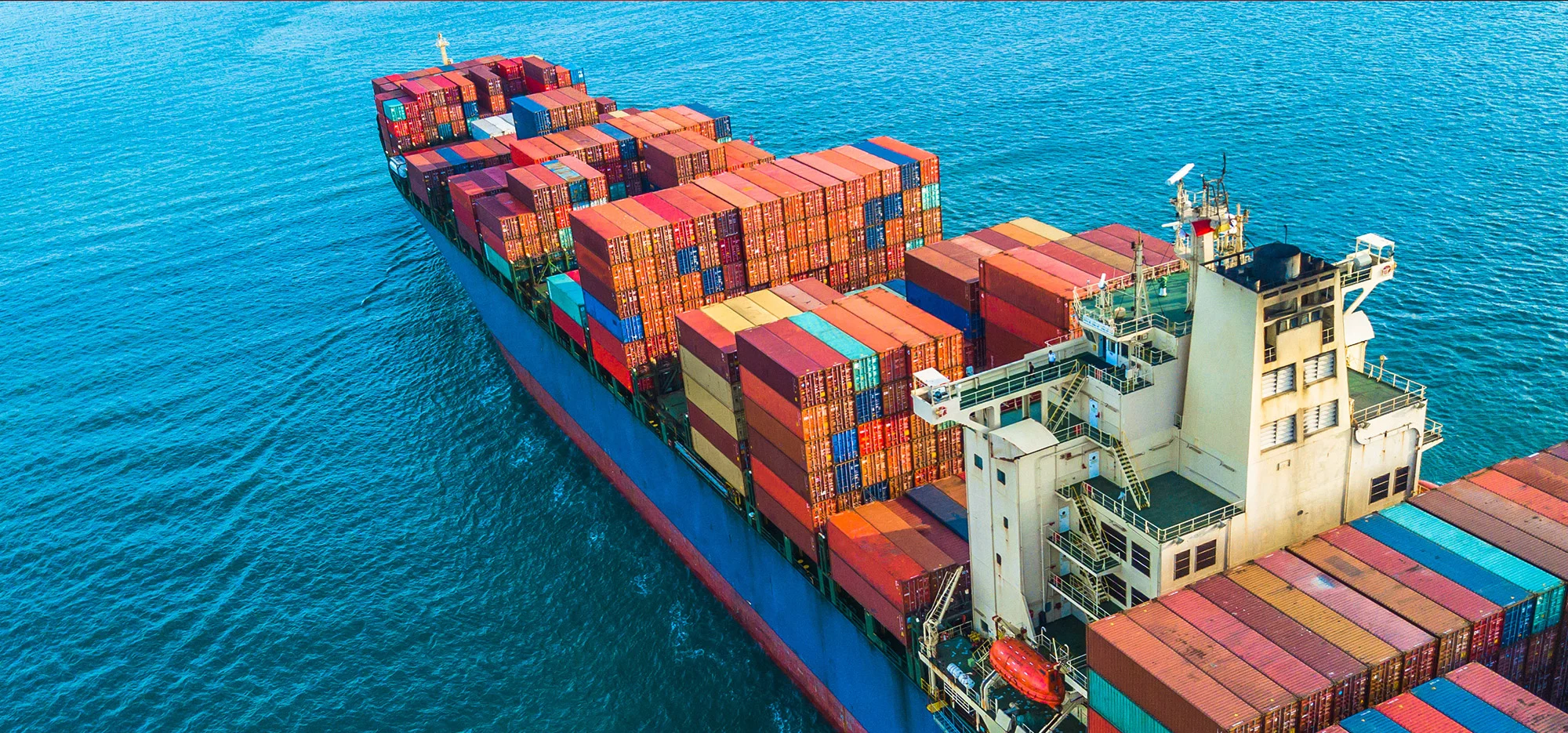Navigating the complexities of sea freight shipping from China to Sudan can be a daunting task for businesses seeking to import goods efficiently. With a robust understanding of the sea freight process, from selecting the right shipping method to preparing essential documentation, importers can streamline their operations and reduce costs. This step-by-step guide provides valuable insights into the benefits of sea freight, the necessary preparations, and the key challenges to anticipate. Whether you’re considering Full Container Load (FCL) or Less Than Container Load (LCL) shipping, this guide will equip you with the knowledge needed to ensure a successful shipping experience.
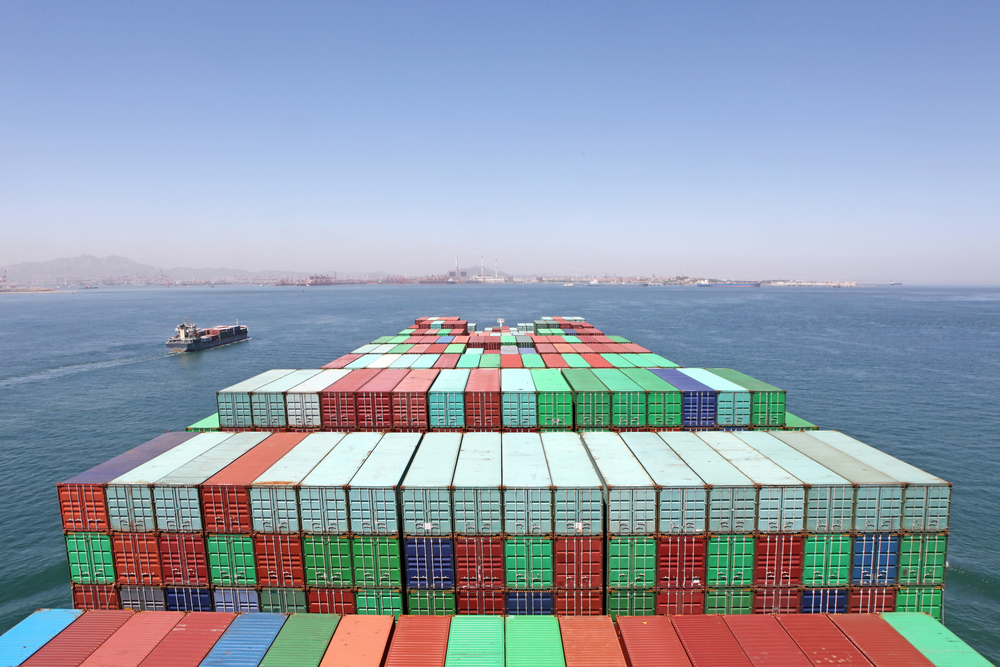
Table of Contents
Understanding Sea Freight Shipping From China to Sudan
Sea freight shipping is a vital mode of transport utilized for moving goods across oceans and seas. It involves the use of cargo ships to carry large quantities of merchandise, typically in containers, from one port to another. This method is favored for transporting bulk goods, heavy items, and high volumes due to its cost-effectiveness and capacity to handle larger shipments compared to other shipping methods such as air freight.
In the context of shipping from China to Sudan, sea freight serves as an essential link facilitating trade between the two countries, enabling businesses to import various goods at competitive rates.
Benefits of Sea Freight from China to Sudan
The benefits of utilizing sea freight services from China to Sudan are manifold:
-
Cost-Effectiveness: Sea freight is generally less expensive per unit weight compared to air freight, making it a viable option for bulk shipments. This is particularly advantageous for businesses looking to minimize transportation costs.
-
High Capacity: Cargo ships can carry a significant volume of goods, often exceeding what can be moved by air. This capacity is beneficial for businesses needing to transport large quantities of products, such as machinery, textiles, or raw materials.
-
Diversified Routes: With numerous shipping lanes connecting China and Sudan, companies can choose from various routes, potentially optimizing shipping times and costs.
-
Reduced Environmental Impact: Shipping by sea is considered more environmentally friendly than air transport, as it emits fewer greenhouse gases per ton of cargo carried.
-
Adaptability: Sea freight services can accommodate a variety of goods, including hazardous materials, oversized cargo, and temperature-sensitive products, with the appropriate containers and logistics support.
Types of Sea Freight Services
When engaging in sea freight shipping from China to Sudan, businesses can choose from several types of services:
-
Full Container Load (FCL): This service is suitable for shippers whose cargo occupies an entire container. Businesses benefit from lower costs per unit when shipping large volumes of goods, along with the assurance that the cargo is not mixed with other shipments.
-
Less Than Container Load (LCL): For shippers with smaller volumes of cargo, LCL allows multiple shippers to share a container. This service provides flexibility and cost savings but may involve longer transit times and additional handling.
-
Roll-on/Roll-off (RoRo): This service is specifically designed for transporting vehicles and heavy machinery. Cargo is driven directly onto the vessel, simplifying the loading and unloading process.
-
Breakbulk Shipping: For oversized or awkwardly shaped items that cannot fit into standard containers, breakbulk shipping is available. This method involves loading goods directly onto the ship and securing them for transport.
Preparing for Your Sea Freight Shipment
Calculating Cargo Volume and Weight
Before embarking on your sea freight journey, accurately calculating the cargo volume and weight is essential. This information determines the shipping costs and assists in selecting the appropriate shipping method.
To calculate volume, measure the dimensions of your cargo (length, width, and height) and use the formula:
Volume = {Length} X \{Width} C \{Height}
For weight, ensure you weigh your items individually or in batches and total them for an accurate weight assessment. This data is critical for both customs clearance and determining whether to choose FCL or LCL shipping.
Choosing Between FCL (Full Container Load) and LCL (Less Than Container Load)
Deciding between FCL and LCL shipping involves considering several factors:
| Factor | FCL | LCL |
|---|---|---|
| Cost | Generally lower per unit for large volumes | Higher per unit due to shared space |
| Transit Time | Quicker as it avoids consolidation delays | May take longer due to consolidation processes |
| Handling | Less handling (dedicated container) | More handling (shared container) |
| Security | Higher security (dedicated space) | Risk of damage or theft due to mixed cargo |
If your shipment is large enough to fill a container, FCL may be the more economical choice. Conversely, if you have smaller quantities, LCL offers a flexible solution.
Selecting the Right Container Size
Choosing the right container size is critical to ensuring efficient transport and minimizing costs. Common container sizes include:
- 20-Foot Container: Suitable for smaller loads, typically holding about 28,000 kg of cargo.
- 40-Foot Container: Ideal for medium to large shipments, with a capacity of approximately 56,000 kg.
- 40-Foot High Cube Container: Offers extra height for larger items, accommodating the same weight as a standard 40-foot container.
Assess your cargo’s dimensions and weight to determine the most economical container size, ensuring that it accommodates your goods without excessive empty space or overloading.
Dantful International Logistics provides comprehensive freight forwarding services, including door-to-door shipping and customs clearance, ensuring that your sea freight shipments from China to Sudan are handled efficiently and professionally. Contact Dantful today to benefit from cost-effective, high-quality logistics solutions tailored to your importing needs.
READ MORE:
- Shipping From China To Algeria
- Shipping From China To Angola
- Shipping From China To Morocco
- Shipping From China To Nigeria
- Shipping From China To Kenya
- Shipping From China To Tanzania
- Shipping From China To South Africa
Essential Documents for Sea Freight From China to Sudan
When shipping goods from China to Sudan via sea freight, several essential documents must be prepared to ensure compliance with international trade regulations. These documents play a crucial role in the shipping process, facilitating smooth customs clearance and ensuring the safe transit of goods.
Commercial Invoice
The commercial invoice is a vital document that outlines the details of the transaction between the buyer and seller. It includes necessary information such as the buyer and seller’s names and addresses, a description of the goods, quantities, prices, and payment terms. This invoice serves as proof of sale and is used by customs authorities to assess duties and taxes.
Packing List
The packing list complements the commercial invoice by detailing how the goods are packed. It includes information on the dimensions, weight, and contents of each package or container. This document assists the customs officials in verifying the shipment’s contents and is crucial for the consignee to ensure that all items have arrived in good condition.
Bill of Lading
The bill of lading (B/L) is a legal document issued by the carrier (shipping company) that serves as a receipt for the cargo and a contract for transportation. It specifies the terms of the transport and includes essential details such as the shipper’s and consignee’s details, descriptions of the goods, and the vessel’s identification. The bill of lading is essential for claiming the cargo at the destination port.
Certificate of Origin
A certificate of origin is a document that certifies the country in which the goods were manufactured. It serves as proof of origin, which can impact tariffs and customs duties. This document is often required by customs authorities in Sudan to determine applicable trade regulations and duties.
Customs Declaration Forms
Customs declaration forms must be completed to provide details about the goods being imported or exported. These forms include information such as the value of the goods, the nature of the items, and their intended use. Proper completion of these forms is necessary to comply with customs regulations and avoid delays during the shipping process.
The Sea Freight Shipping Process Step-by-Step
Shipping goods from China to Sudan involves several key steps, as outlined below:
- Obtaining a Freight Quote and Booking
- Providing Shipment Details to the Freight Forwarder: The shipper must provide accurate information regarding the cargo, including dimensions, weight, contents, and destination.
- Agreeing on Shipping Terms and Rates: After receiving the quote, the shipper can negotiate terms and conditions, such as delivery schedule and payment.
- Confirming the Booking: Once both parties agree on the terms, the booking is confirmed, and the freight forwarder prepares for the shipment.
- Cargo Pick-Up and Delivery to the Port
- Arranging for Cargo Pick-Up from the Supplier: The freight forwarder coordinates with the supplier to schedule the pick-up of the cargo.
- Transporting the Goods to the Port of Departure in China: Once picked up, the cargo is transported to the designated port for loading onto the vessel.
- Export Customs Clearance in China
- Submitting Required Documents: The freight forwarder submits all necessary documents, including the commercial invoice, packing list, and bill of lading, to Chinese customs.
- Paying Export Duties and Taxes: If applicable, any export duties or taxes must be paid at this stage to receive clearance for export.
- Loading and Ocean Transportation
- Loading the Cargo onto the Vessel: The cargo is loaded onto the designated vessel for transportation to Sudan.
- Transit Time from China to Sudan: The typical transit time by sea from China to Sudan can range from 20 to 40 days, depending on the shipping route and any potential delays.
- Import Customs Clearance in Sudan
- Submitting Import Documents: Upon arrival at the Sudanese port, the necessary import documents are submitted to customs authorities.
- Paying Import Duties and Taxes: The consignee must pay any applicable import duties and taxes to obtain clearance for the shipment.
- Cargo Unloading and Delivery to the Final Destination
- Unloading the Cargo at the Port of Arrival in Sudan: After clearing customs, the cargo is unloaded from the vessel.
- Arranging for Final Delivery to Your Warehouse or Facility: The freight forwarder coordinates the transportation of the cargo to the consignee’s specified location.
Challenges of Sea Freight
Engaging in sea freight shipping can present several challenges that businesses should be aware of:
Longer Transit Times: Planning for Delays
Sea freight typically involves longer transit times compared to air freight. Delays may occur due to vessel scheduling, port congestion, or customs-related issues. Businesses should plan accordingly, allowing ample time for shipments to arrive, particularly for time-sensitive goods.
Weather-Related Risks: Ensuring Cargo Safety
Weather conditions can impact shipping schedules and cargo safety. Storms, typhoons, or other adverse weather events can cause delays or even damage to cargo. Utilizing reliable shipping and tracking services, along with appropriate insurance options, can mitigate these risks and ensure the safety of your goods.
Tips for a Smooth Sea Freight Experience
Choosing a Reliable Freight Forwarder
Selecting a trustworthy freight forwarder is essential for a successful shipping experience. Research potential partners, check their credentials, and read reviews to ensure they have a solid reputation and experience in handling shipments from China to Sudan.
Packing and Labeling Your Cargo Properly
Proper packing and labeling of your cargo can prevent damage during transit and facilitate smooth customs clearance. Follow guidelines for packing specific goods and ensure labels are clear and compliant with international shipping standards.
Tracking Your Shipment During Transit
Utilizing tracking services allows shippers to monitor their cargo in real-time. This transparency helps in managing customer expectations and allows for proactive responses to any potential delays or issues.
Preparing for Potential Delays or Unexpected Events
Shipping is subject to various uncertainties. Prepare for potential delays by having contingency plans in place, such as alternative suppliers or transportation options. Flexibility and preparedness can help businesses navigate challenges effectively.
By ensuring that all necessary documentation is in order and following best practices throughout the shipping process, businesses can achieve a seamless experience in their sea freight operations from China to Sudan. For professional support in managing your freight needs, consider partnering with Dantful International Logistics, the leading provider of comprehensive logistics solutions, including customs clearance, insurance services, and door-to-door shipping.
Dantful International Logistics Services:
- Dantful Ocean Freight Services
- Air Freight From China
- Amazon FBA Freight Forwarding
- WAREHOUSE Services
- One-Stop Customs Clearance Solution
- Cargo Insurance Services in China
- DDP Shipping Services By Dantful Logistics
- Out of Gauge Cargo Transportation Shipping Services

Young Chiu is a seasoned logistics expert with over 15 years of experience in international freight forwarding and supply chain management. As CEO of Dantful International Logistics, Young is dedicated to providing valuable insights and practical advice to businesses navigating the complexities of global shipping.








